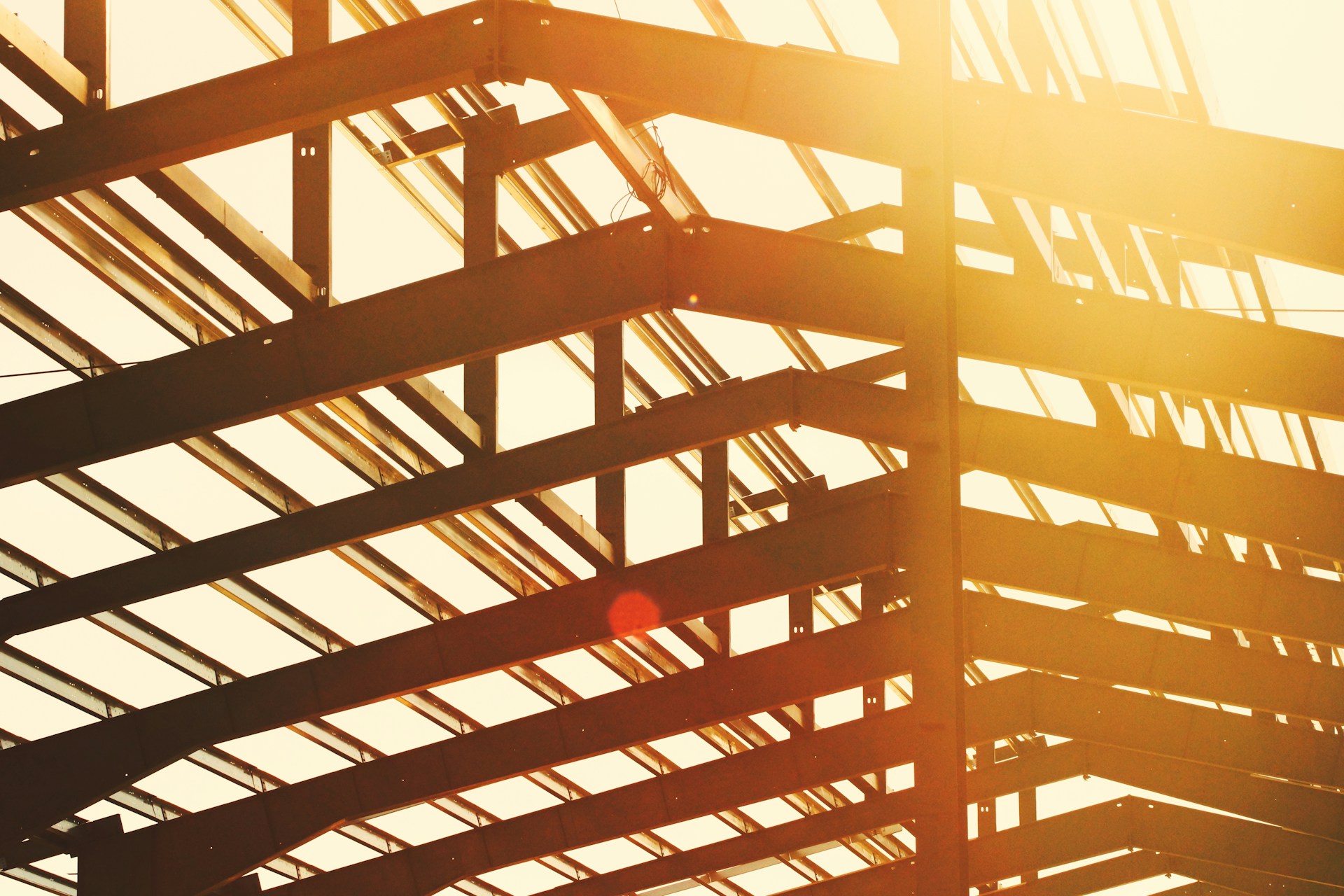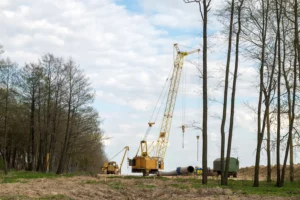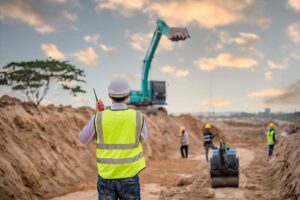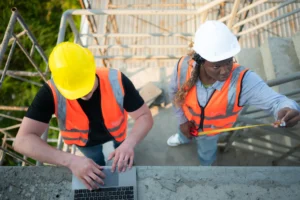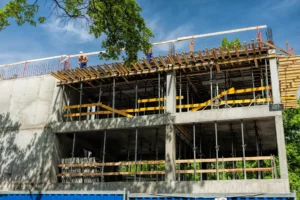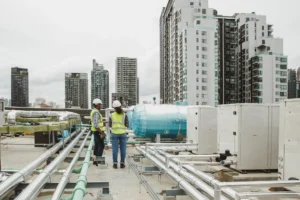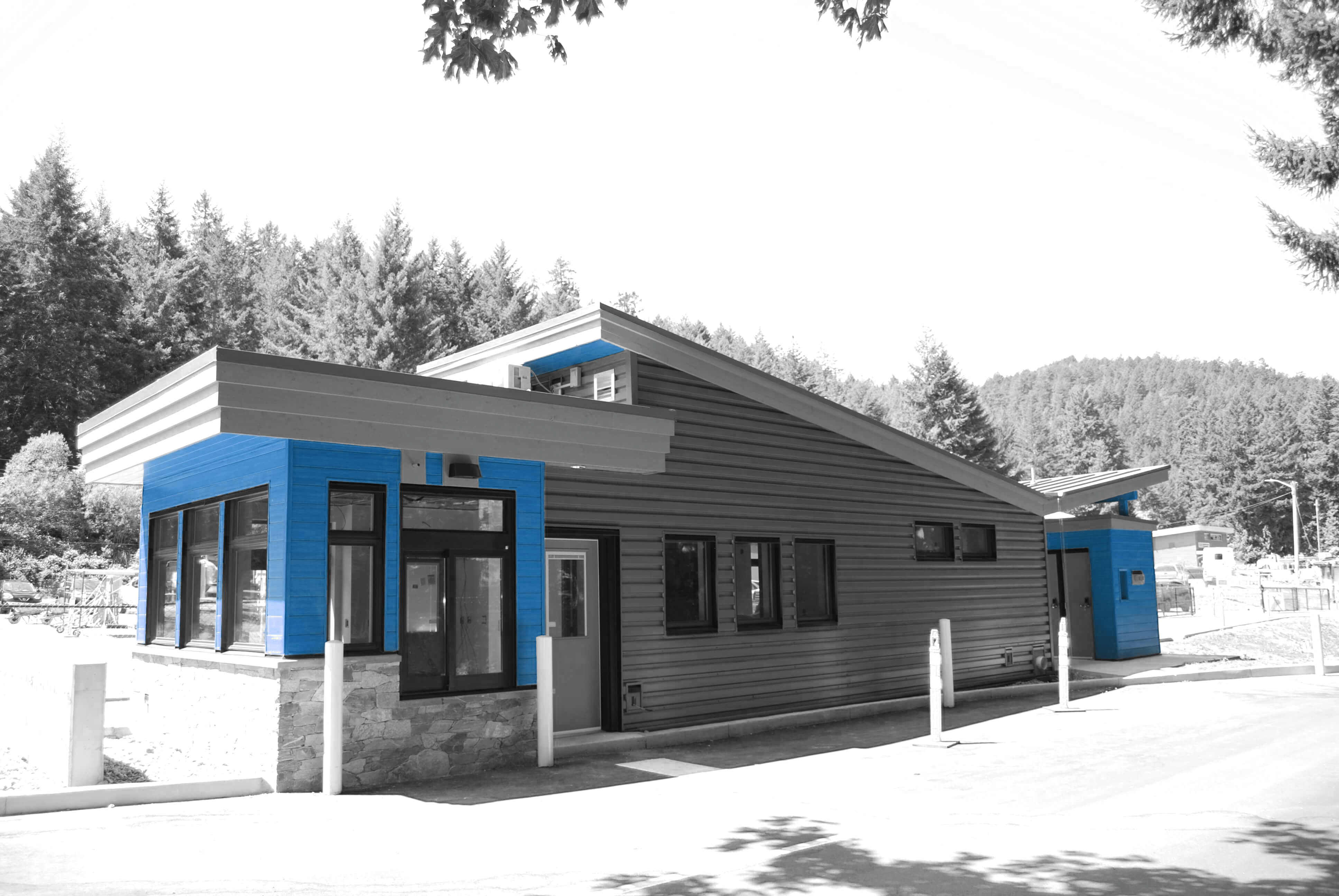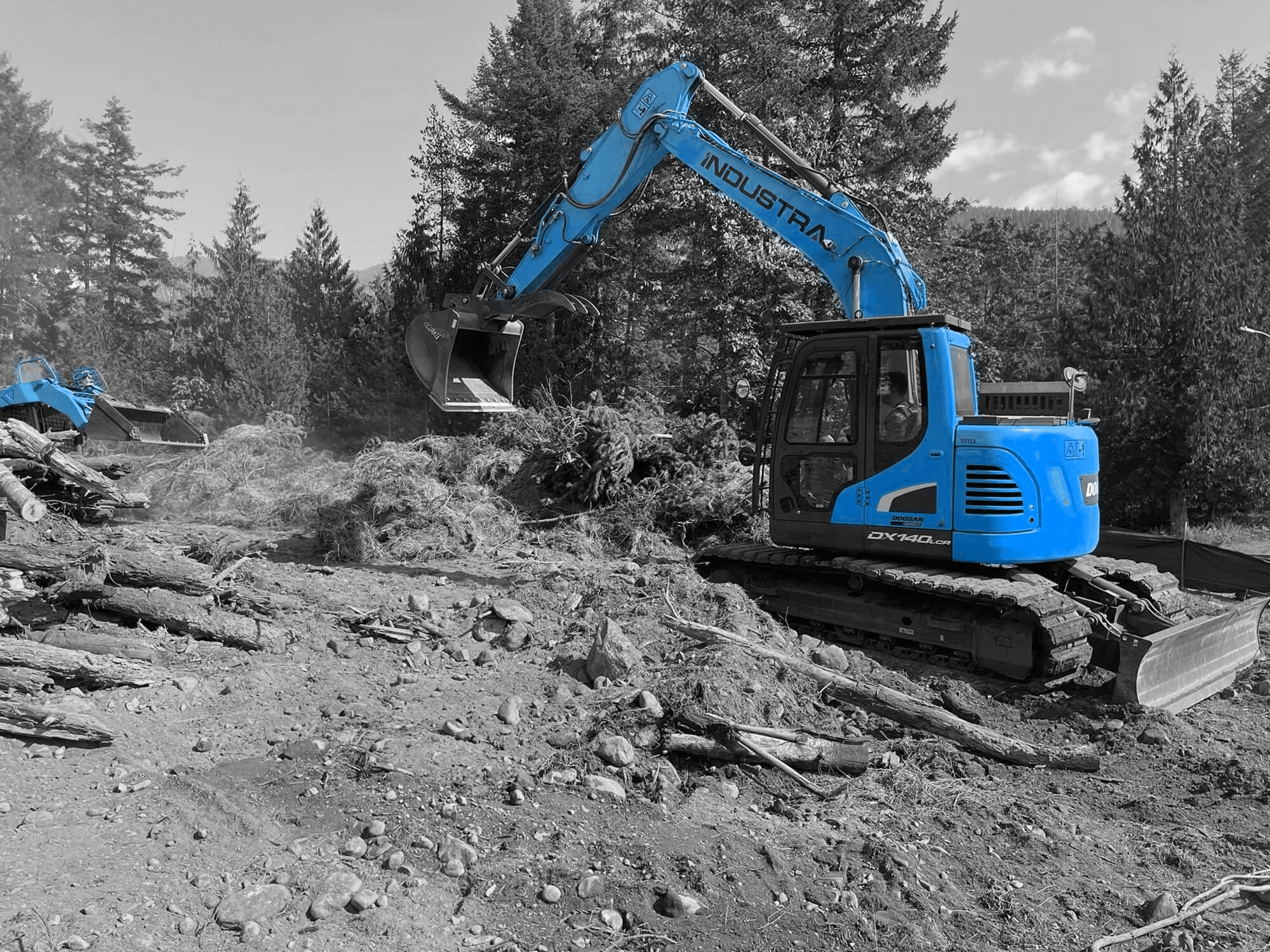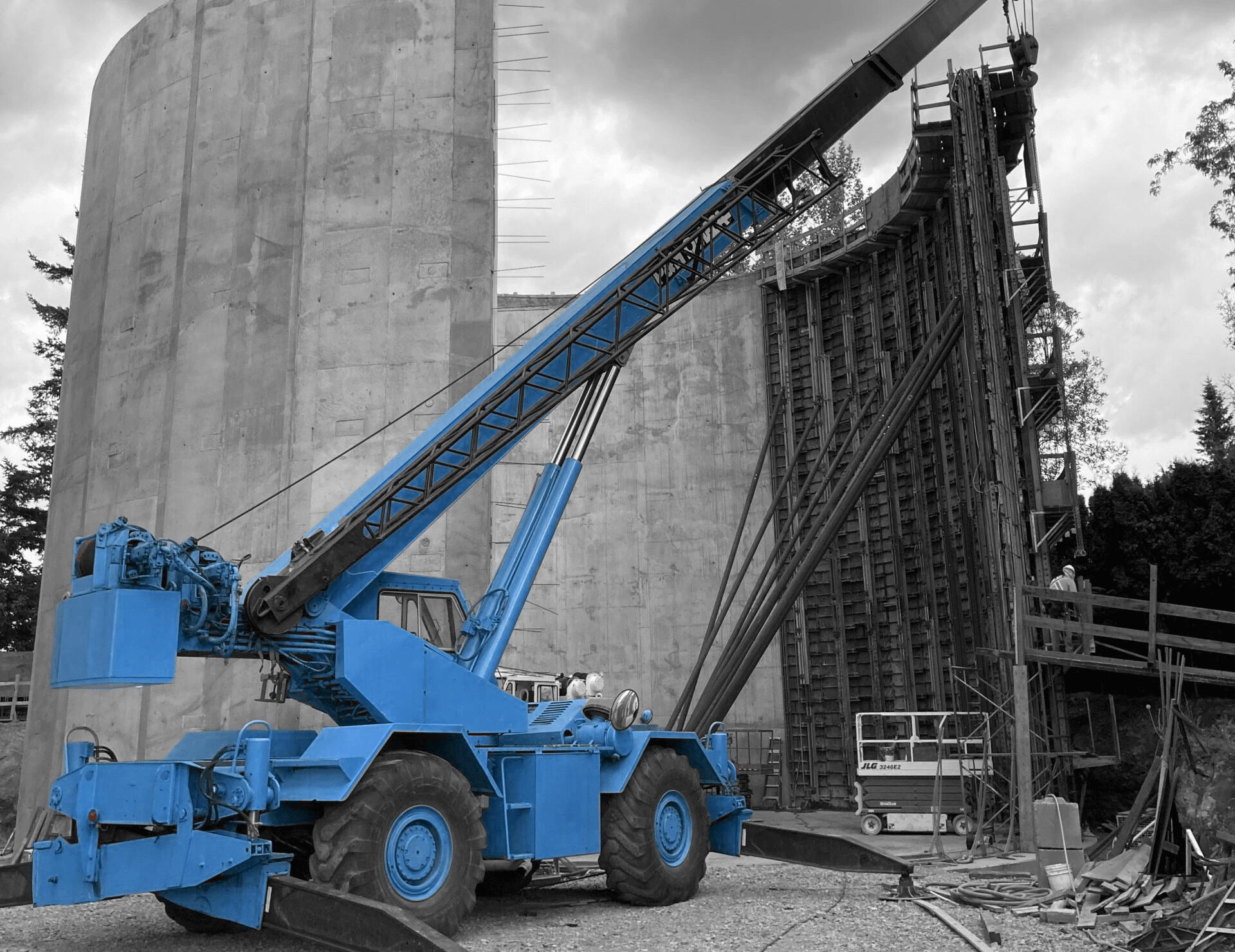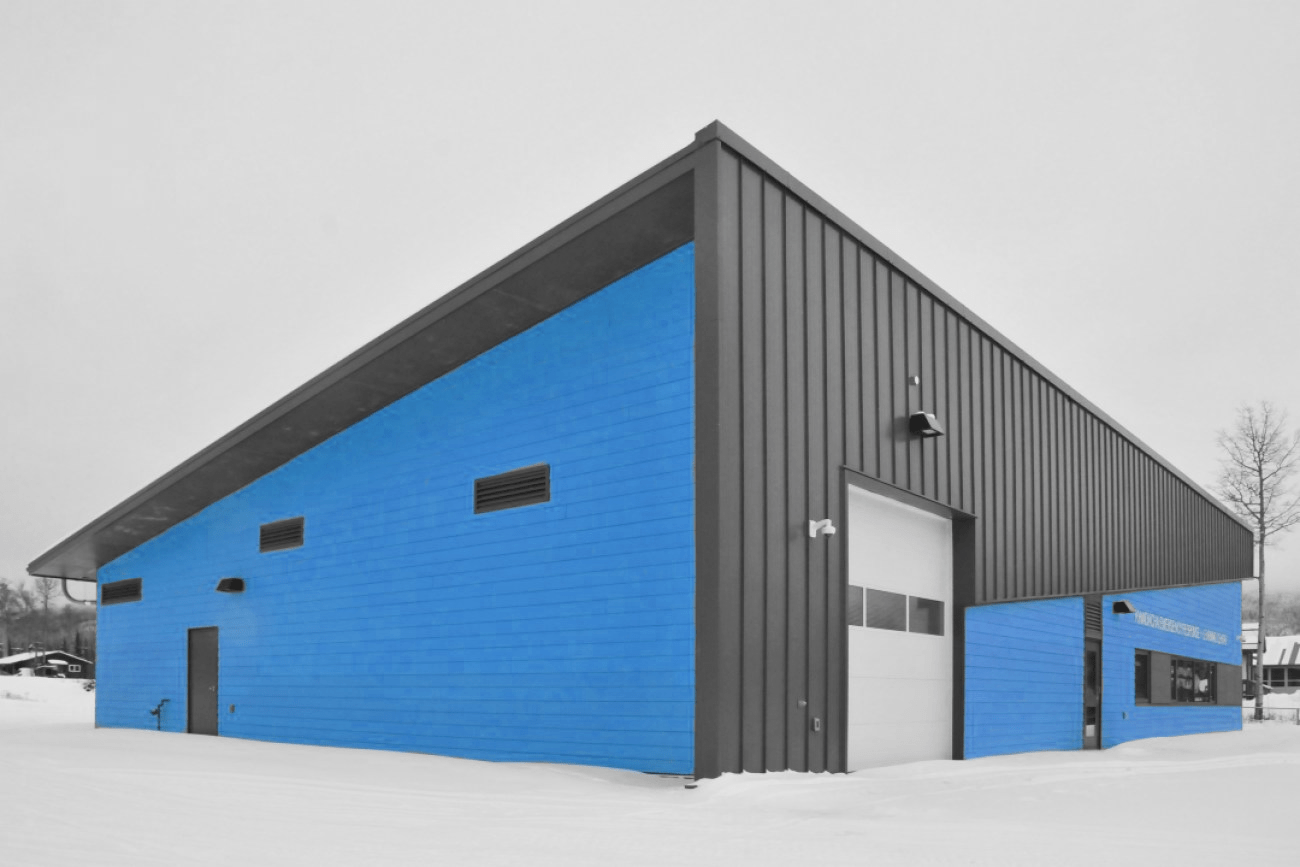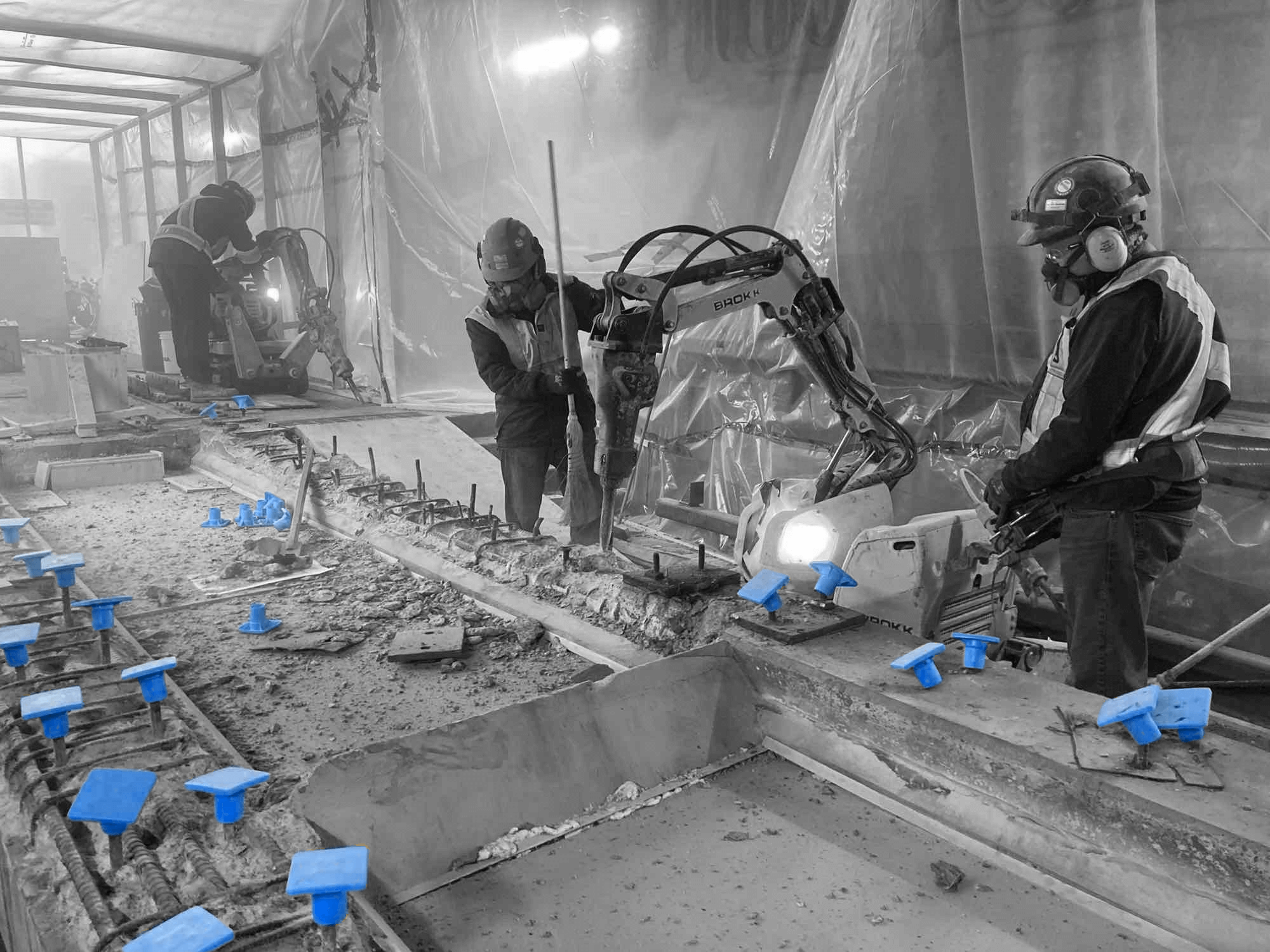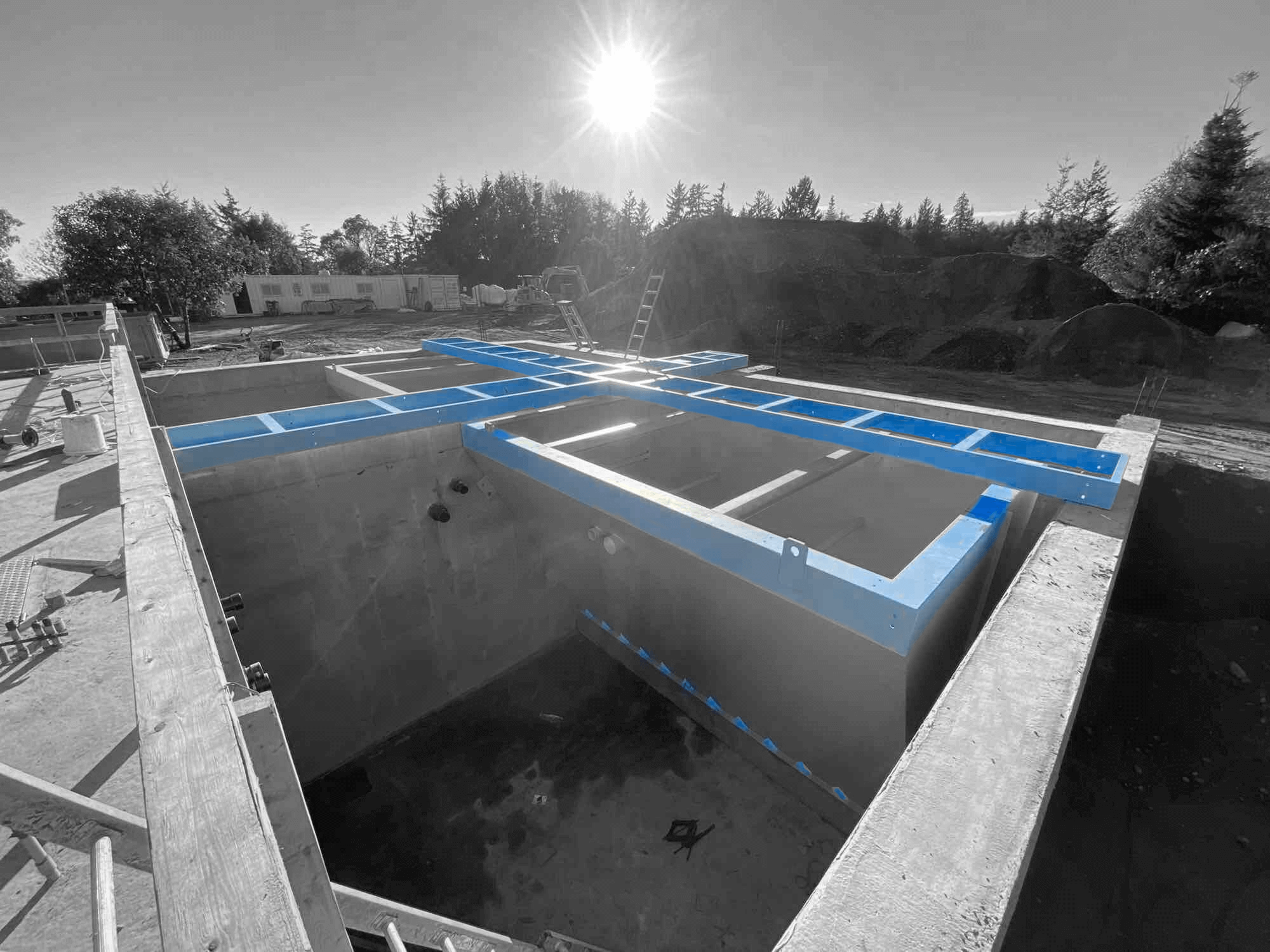Steel buildings play a vital role in modern infrastructure projects owing to their strength, durability, and versatility. From bridges and commercial buildings to industrial facilities and water treatment plants, steel structures offer numerous advantages that make them an ideal choice for various applications. Their capacity to withstand harsh environmental conditions and heavy loads, along with their adaptability in design, makes them an excellent option for infrastructure development.
One of the key benefits of using steel in construction is its speed and efficiency. Pre-fabricated steel components can be quickly assembled on-site, significantly reducing construction time. This rapid deployment is particularly beneficial for large-scale infrastructure projects that demand quick turnaround times without compromising quality or safety. Moreover, the precision of steel fabrication minimizes material wastage, aligning with sustainable construction practices.
In addition to practical benefits, steel buildings are also known for their innovative design possibilities. Advanced techniques and technologies, such as modular construction and computer-aided design, enable architects and engineers to push the boundaries of traditional construction methods. These innovations not only enhance the aesthetic appeal of steel structures but also improve their functional capabilities, ensuring they meet the rigorous demands of modern infrastructure projects.
Benefits of Steel Buildings in Infrastructure Projects
Steel buildings offer numerous advantages for infrastructure projects, making them a popular choice for various applications. One key benefit is their exceptional strength and durability. Steel structures are highly resistant to natural disasters like earthquakes, hurricanes, and floods. This resilience ensures that infrastructure projects, such as bridges and industrial facilities, remain safe and operational even under extreme conditions. Furthermore, steel’s high strength-to-weight ratio allows for more expansive spaces and innovative designs without compromising structural integrity.
Another significant advantage of steel buildings is their speed of construction. Steel components are often prefabricated off-site, which means they can be quickly assembled on-site. This process reduces construction time, leading to faster project completions. Developers can also save on labour costs and reduce disruptions in the surrounding area. For large-scale infrastructure projects, these time efficiencies translate into significant financial savings and quicker returns on investment.
Steel buildings are also flexible and adaptable, making them ideal for various infrastructure needs. They can be easily expanded or modified to accommodate future growth or changes in project requirements. Steel’s recyclability adds an environmental benefit, as components can be repurposed or recycled at the end of their lifecycle, aligning with sustainable construction practices.
Key Design Considerations for Steel Structures
Designing steel structures for infrastructure projects requires careful planning and consideration of several key factors. One crucial aspect is load-bearing capacity. Engineers must ensure that the steel framework can support both static and dynamic loads, including the weight of the structure, occupants, and environmental forces such as wind and seismic activity. Calculations and simulations using software tools help in accurately determining the load requirements and ensuring the safety and stability of the structure.
Another important consideration is corrosion resistance. Steel is susceptible to rust when exposed to moisture and air. In environments with high humidity or saline conditions, such as coastal areas, additional protective measures are necessary. Coating steel with protective layers, such as galvanized or epoxy coatings, can significantly extend its lifespan and maintain its structural integrity. Regular maintenance and inspections are also essential to manage and prevent corrosion effectively.
Thermal expansion and contraction must also be accounted for in the design. Steel expands and contracts with temperature changes, which can affect the structure’s dimensions and performance. Incorporating expansion joints and allowing for movement in the design can mitigate these effects, ensuring the structure remains stable and functional across different temperatures.
Lastly, aesthetic considerations play a role in the design process. While functionality is paramount, the architectural appeal of the structure can impact its acceptance by stakeholders and the public. Steel allows for creative and innovative designs, enabling architects to achieve both functional and visually striking structures. Integrating these considerations into the design process ensures that steel buildings meet both practical and aesthetic requirements for various infrastructure projects.
Innovative Steel Building Techniques and Technologies
Innovative steel building techniques and technologies are transforming the way infrastructure projects are executed. Modular construction is one of these advancements. By pre-fabricating steel modules off-site and then assembling them on location, we can achieve higher precision and quicker assembly. This method reduces on-site labour costs and minimizes construction disruptions, making it ideal for infrastructure projects that require fast and efficient building solutions.
Another cutting-edge technology is the use of Building Information Modelling (BIM). BIM allows for the creation of a detailed 3D digital representation of the steel structure, which can be used throughout the project lifecycle. This technology enhances communication among all stakeholders, enabling better planning, design, and coordination. It helps identify potential issues early in the project, reducing the risk of costly delays and modifications.
Automated construction methods are also gaining popularity. Robotics and advanced machinery can perform repetitive tasks with high precision, such as cutting, welding, and assembling steel components. These automated systems improve efficiency and quality while reducing human error and labour costs. Furthermore, the integration of smart technologies, like sensors and IoT devices, in steel buildings allows for real-time monitoring and maintenance, enhancing the durability and performance of the structure.
Sustainability and Environmental Impact of Steel Buildings
Steel is a highly sustainable building material, contributing significantly to environmentally friendly construction practices. One of the main environmental benefits of steel is its recyclability. Steel can be recycled multiple times without losing its structural properties, reducing the need for raw materials and decreasing waste in landfills. This recyclability aligns with sustainable construction goals, making steel a green choice for infrastructure projects.
Energy efficiency is another important aspect of steel buildings. Steel structures can be designed to incorporate energy-efficient features, such as enhanced insulation and reflective roofing. These features help reduce energy consumption for heating and cooling, leading to lower operational costs and a smaller carbon footprint. Passive solar design elements, like strategic window placement and shading systems, can further improve the energy performance of steel buildings.
In addition to these benefits, steel buildings also contribute to sustainable site development. The precision and speed of steel construction reduce the environmental impact on the job site, including less soil disturbance and shortened construction time. Lightweight steel structures require smaller foundations, which means less excavation and reduced disruption to the natural landscape.
Using sustainable practices like sourcing steel from suppliers with environmentally responsible manufacturing processes further enhances the ecological benefits of steel buildings. Such practices ensure that the entire lifecycle of the steel, from production to deconstruction, adheres to stringent environmental standards.
Conclusion
Steel buildings offer numerous advantages for infrastructure projects, from their strength and durability to their environmental sustainability. With modern techniques like modular construction, Building Information Modelling, and automated systems, steel structures are becoming more efficient and versatile than ever before. These innovations not only speed up the construction process but also improve the quality and longevity of the buildings.
Key design considerations, such as load-bearing capacity and corrosion resistance, are crucial for ensuring the safety and functionality of steel structures. By addressing these factors in the planning and design stages, we can create resilient and adaptable infrastructure that meets the demands of various projects. The environmental benefits of steel, including its recyclability and energy efficiency, further highlight its role as a sustainable building material.
As we continue to innovate and adopt new technologies, the potential for steel buildings in infrastructure projects will only expand. Whether you’re planning a new industrial facility or upgrading municipal infrastructure, consider the advantages of steel to achieve a durable, efficient, and sustainable solution.
Get in touch with the team at Industra Construction Corp. to explore how our expertise in steel building solutions can benefit your next infrastructure project. We’re here to help you build a stronger, greener future.


